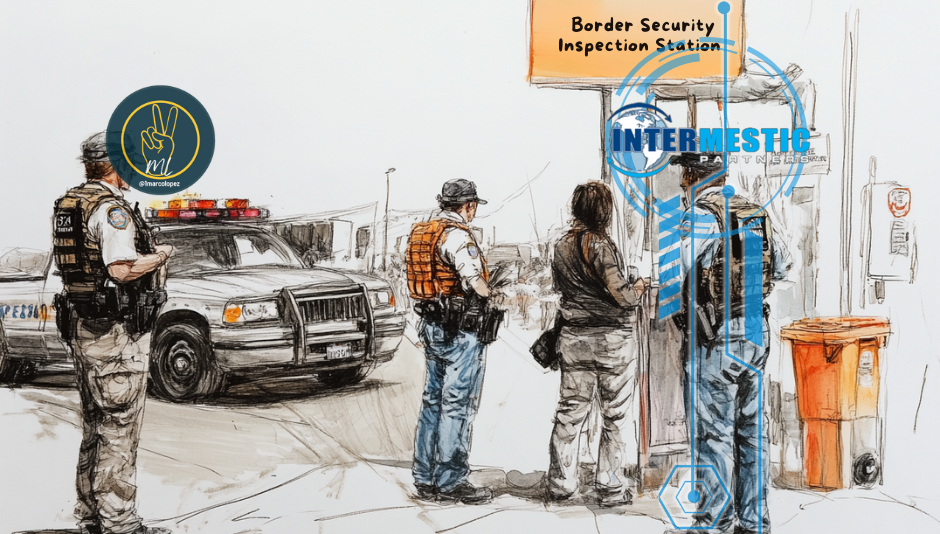
Introduction
Illegal immigration is a multifaceted issue that affects political, economic, and social structures globally. Central to this discussion is border security, a crucial element influenced by shifting immigration patterns. As trends evolve, countries must adjust their border control strategies to maintain security while addressing the humanitarian aspects of immigration.
Current Trends in Illegal Immigration
Global trends in illegal immigration have seen changes in recent years. Although there has been a relative decline, migrants are increasingly seeking unconventional routes to bypass strict border controls. For instance, Europe faces increased crossings via the Mediterranean, while in the U.S., there’s a rise in families attempting to cross the U.S.-Mexico border, a shift from previous patterns of single adult migrants.
The factors driving these changes are deeply rooted in socio-economic instability, conflict, and political strife in origin countries. As traditional immigration routes become more secure, migrants are resorting to riskier methods to cross borders, further complicating the issue.
Impact on Border Security
These changing migration patterns directly influence border security strategies. Traditional methods focused on specific routes and hubs, but as migrants adapt, so must security measures. In Europe, increased maritime crossings necessitate enhanced naval security, while the U.S. has adjusted its policies and facilities to accommodate the influx of families.
However, there are misconceptions about the correlation between immigration and security. For example, not all migration poses a security threat, but the perception often leads to more stringent, sometimes controversial, measures.
Government Responses
In response, governments worldwide are adapting their border security measures. Europe has bolstered its coastal defenses, while the U.S. implemented policies like the Zero Tolerance policy, which, despite its aim to deter illegal crossings, has sparked debate due to humanitarian concerns. The effectiveness of these measures remains contested as human trafficking persists, and illegal migration continues despite policy changes.
The Debate: Human Rights vs. Border Security
Balancing border security with human rights is a critical challenge. International law protects the right to seek asylum, and governments must reconcile this with their duty to protect citizens. The debate centers on how to uphold human rights while maintaining secure borders, with arguments on both sides emphasizing either security or the humanitarian impacts of strict border measures.
Future Outlook
Looking ahead, illegal immigration will likely remain influenced by global conflicts, economic disparities, and political climates. To address these challenges, experts suggest solutions such as strengthening legal immigration pathways, investing in source countries to improve local conditions, and updating border infrastructure to adapt to evolving migration trends.
Conclusion
Illegal immigration is a complex issue, with significant implications for border security. While governments must secure their borders, policies must also consider the humanitarian aspects of migration. Addressing root causes like poverty and conflict in origin countries is vital for creating lasting solutions that extend beyond border controls.
Call to Action:
At Intermestic Partners, we understand the complexities of cross-border issues. Let’s collaborate to find solutions that balance security with human rights, while addressing the root causes of illegal immigration.
Contact us today to learn more about our international advisory services.
.png)
Comments